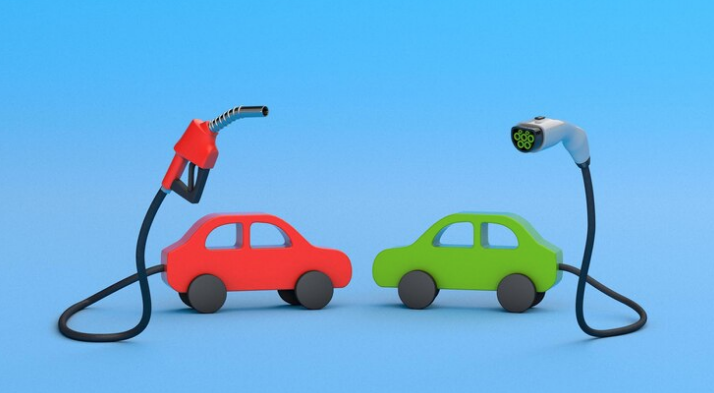Electric Vehicles vs. Gas-Powered Vehicles: A Comprehensive Comparison
Electric vehicles (EVs) are becoming increasingly popular as concerns about climate change and air pollution grow. While EVs have many benefits, they are still relatively new technology, and many people are unsure how they compare to traditional gas-powered vehicles. In this article, we’ll compare electric and gas-powered vehicles, exploring their differences and similarities.

Cost
When it comes to cost, electric vehicles tend to be more expensive than gas-powered vehicles. However, the gap is closing quickly, as the cost of EVs continues to decrease. One factor to consider is the cost of fuel. Electric vehicles are typically cheaper to fuel than gas-powered vehicles, as electricity is generally cheaper than gasoline. This can make EVs more cost-effective over the long term.
Range
One of the most significant differences between electric vehicles and gas-powered vehicles is range. Gas-powered vehicles can travel hundreds of miles on a single tank of gas, while electric vehicles generally have a range of 100-300 miles, depending on the model. This can make electric vehicles less practical for long road trips or for people who need to travel long distances on a regular basis. However, with the increasing number of charging stations and battery technology advancements, this is becoming less of an issue for many drivers.
Performance
Electric vehicles tend to offer better performance than gas-powered vehicles in several ways. They often have better acceleration and torque, making them faster and more responsive. Additionally, electric vehicles tend to have a lower center of gravity, which can improve handling and stability.
Maintenance
Electric vehicles tend to require less maintenance than gas-powered vehicles. They don’t have as many moving parts, which can reduce the likelihood of mechanical failures. Electric vehicles don’t require oil changes, spark plug replacements, or emissions checks, which can save drivers time and money.
Emissions
Electric vehicles produce no tailpipe emissions, making them cleaner and better for the environment than gas-powered vehicles. However, it’s worth noting that EVs still produce emissions during manufacturing and from the electricity used to charge them. Additionally, the emissions from the electricity used to charge EVs will depend on the sources of that electricity, which vary by region.
Charging
Charging an electric vehicle can take significantly longer than filling up a gas tank. Most electric vehicles take several hours to charge, depending on the battery size and charging speed. However, fast charging stations are becoming increasingly common, which can charge EVs in as little as 30 minutes. Gas-powered vehicles, on the other hand, can be refueled in a matter of minutes.
Infrastructure
Gas-powered vehicles have an advantage when it comes to infrastructure. Gas stations are ubiquitous, and drivers can easily find a place to fill up, even in remote areas. On the other hand, electric vehicle charging stations are still relatively scarce, although they are becoming more common. This can make EVs less practical for people traveling long distances or living in areas with limited charging infrastructure.
